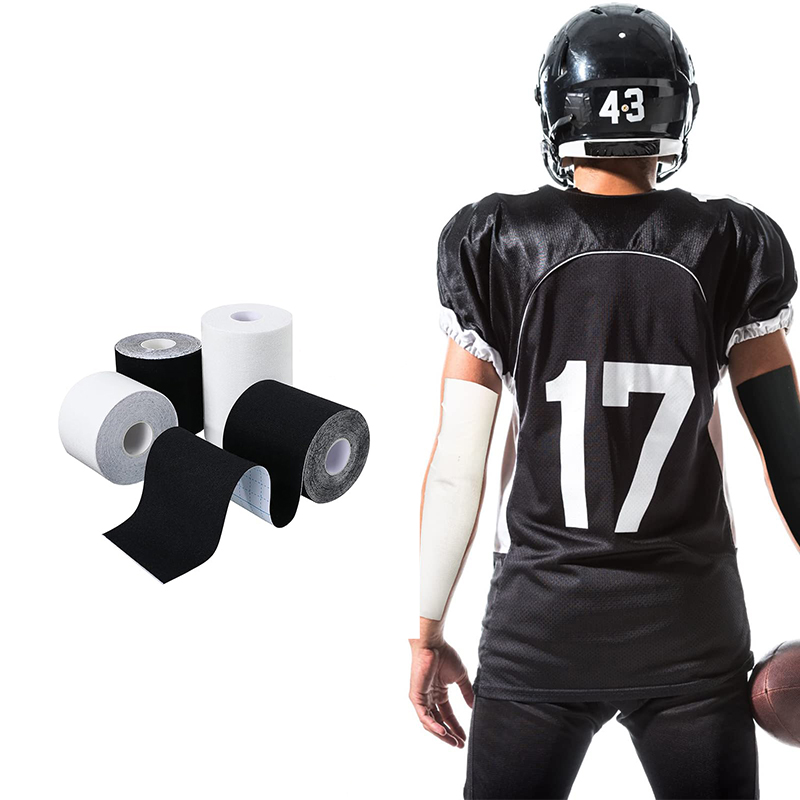Physio tape for shin splints will help you treat Medial Tibial Stress Syndrome (MTSS). This condition usually causes a dull pain, soreness, or tenderness inside the shin bone, especially near the ankle, soreness, or tenderness along the inside of the tibia, especially near the ankle, and is accompanied by inflammation of the tendons and muscles around the tibia. Activities such as running, jumping, or dancing can cause shin pain. Improving it is also very simple, you only need to use physio tape for shin splints for physical therapy at home and master the basic methods of taping shin splints to help you recover from the condition to the greatest extent.
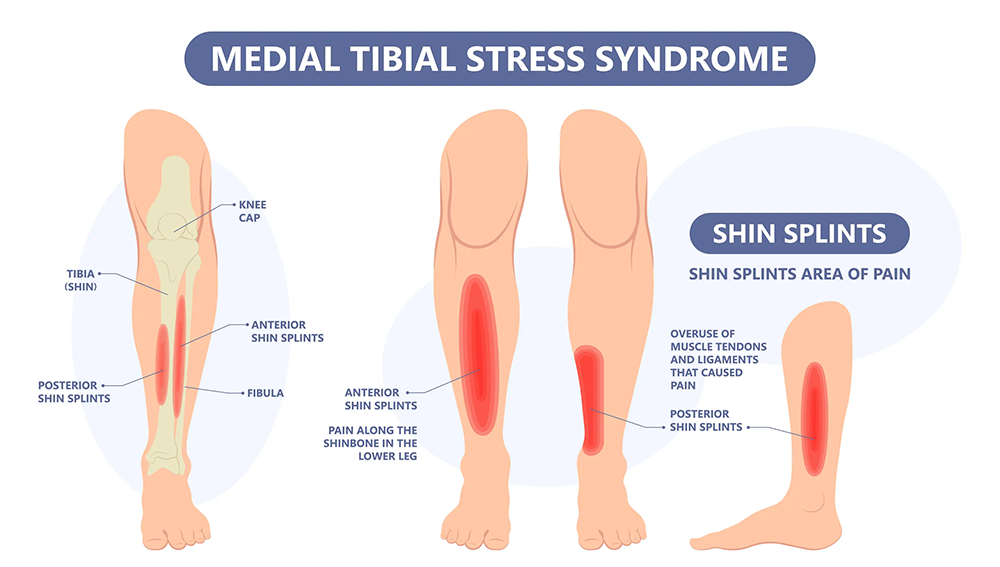
Does physical therapy tape help treat shin splints?
Of course, it helps with tibia recovery. The physio tape for shin splints is a kind of physical therapy tape made of elastic cotton and coated with medical-grade glue. Although it does not have medicinal properties, it moves with the body as it acts on the skin and joints, producing a therapeutic effect, and with professional use, it can significantly improve shin problems.
What are the benefits of using medical tape for shin splints?
1. Physio tape for shin splints can effectively relieve pain. The gentle tension of the kinesiology tape for shin splints helps promote blood circulation, relieve pain and discomfort, and reduce inflammation caused by shin splints. By applying the athletic tape for shin splints to the affected area, you can get effective relief and continue your daily activities.
2. Physio tape for shin splints can promote recovery. Because its design mimics the elasticity of human skin, it enables and supports natural movement. By applying kinesiology tape for shin splints to the patella of the calf, the tape can provide continuous support and stability while increasing lymphatic drainage, allowing your muscles and ligaments to heal properly.
3. The versatility of the physio tape for shin splints. It is very durable and waterproof, which means you can wear it for a long time, even during sports that require vigorous movement of the body part, such as running or swimming, without worrying about the tape falling off or losing its effectiveness.
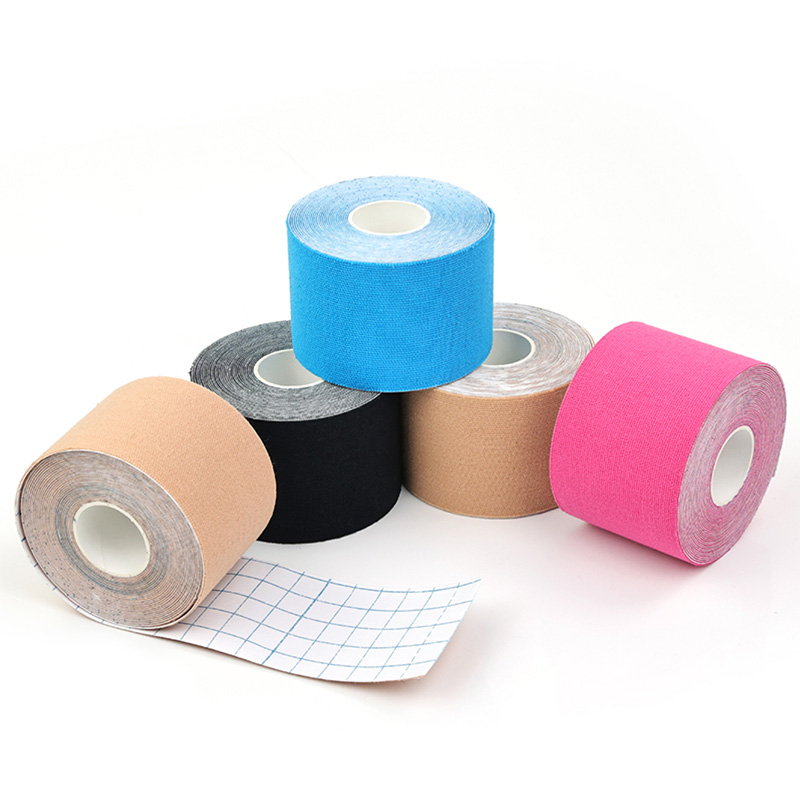
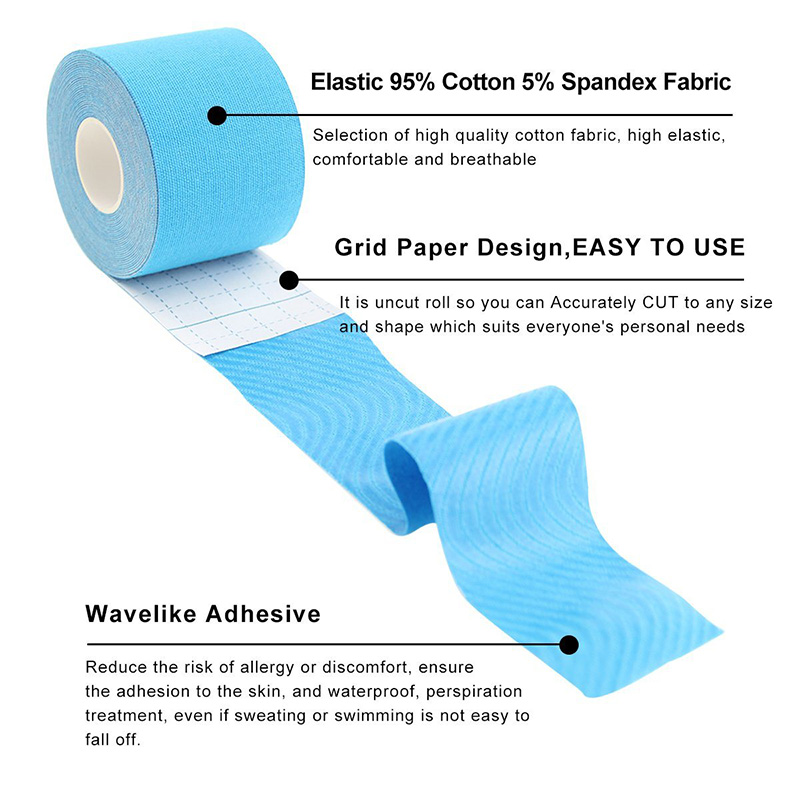
How to tape shin splints diagram?
First, you should put your calf in a convenient fit; it is recommended to sit on a chair, measure the distance from the foot to the shin, and cut the first physio tape for shin splints and two tapes about 15cm long.
Then, stretch the first kinesiology tape for shin splints by 50% and apply it to the front tibia, save the two tapes as a stable wrapping tape, and stretch them by 50% horizontally to fit the pain point.
In this way, you have completed the shin splints method. Suppose you still don’t understand this explanation. In that case, you can go to the shin splints kinesiology tape tutorial page to get more professional explanations of the causes of the shin disease and the steps of taping!
If you are a sports enthusiast, I think this page, “How to use kinesiology tape,” will significantly help you.
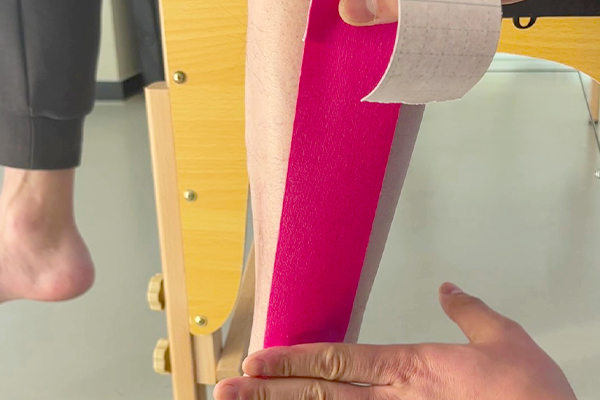
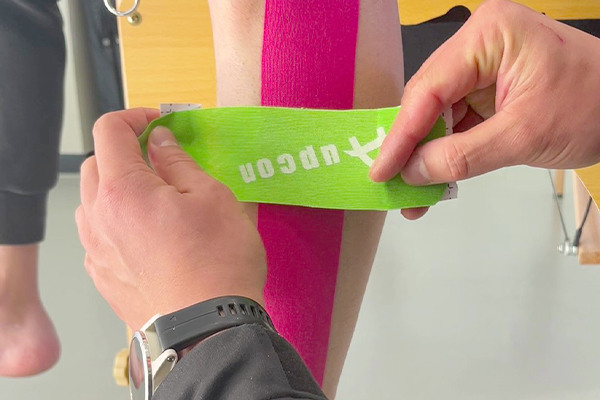


Through the overview of this article, you should have learned how to use physio tape for shin splints to treat shin pain. Professional taping requires high-quality tape, such as AUPCON tape, which is durable, comfortable, and safe and can be used more confidently to help the disease recover faster.
Contact the kinesiology tape manufacturer now to get the cheaper tape.


